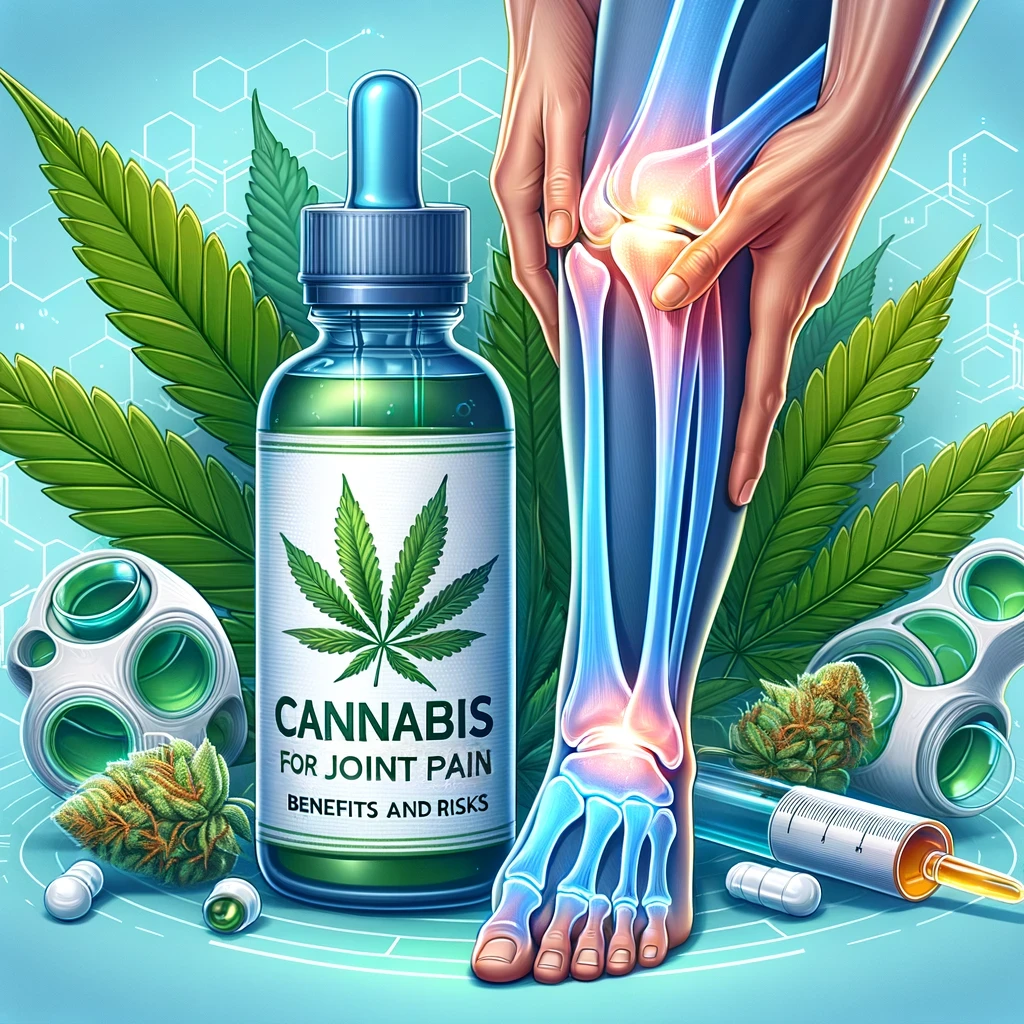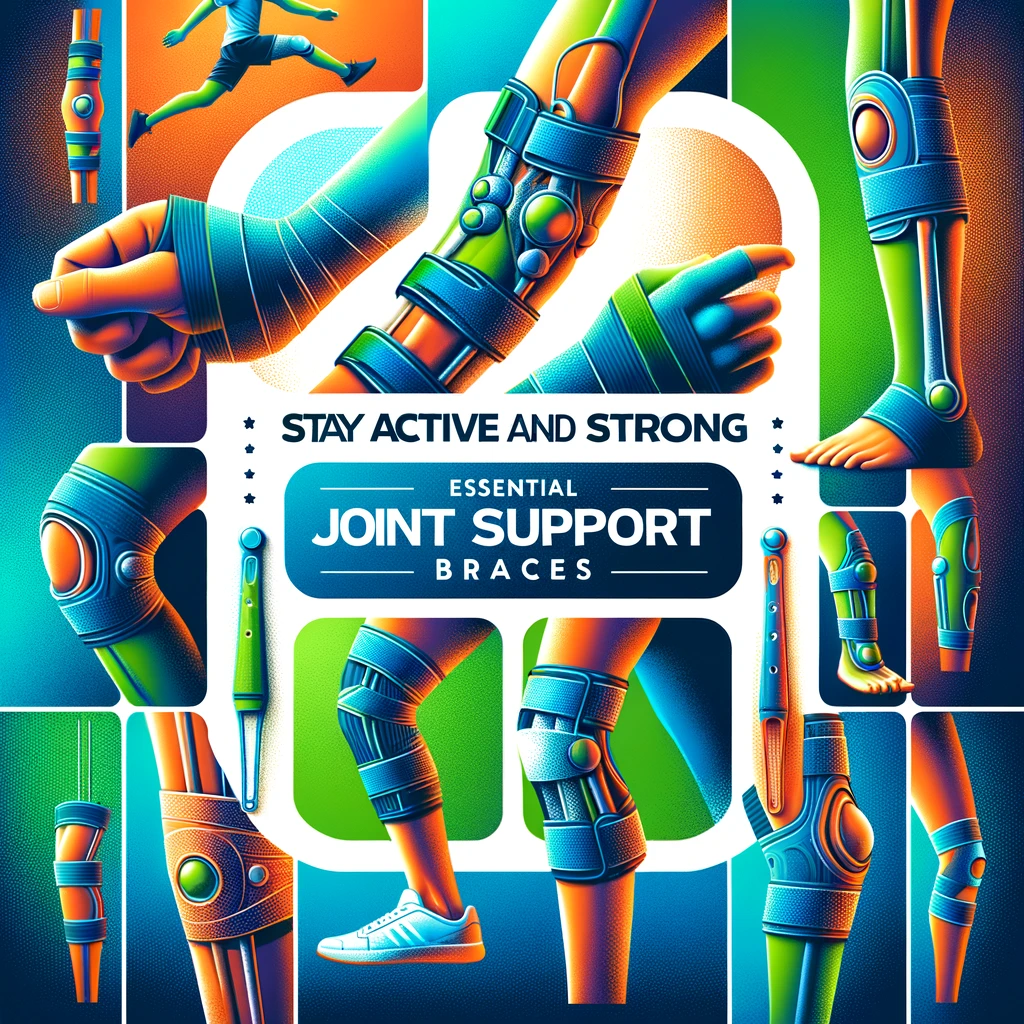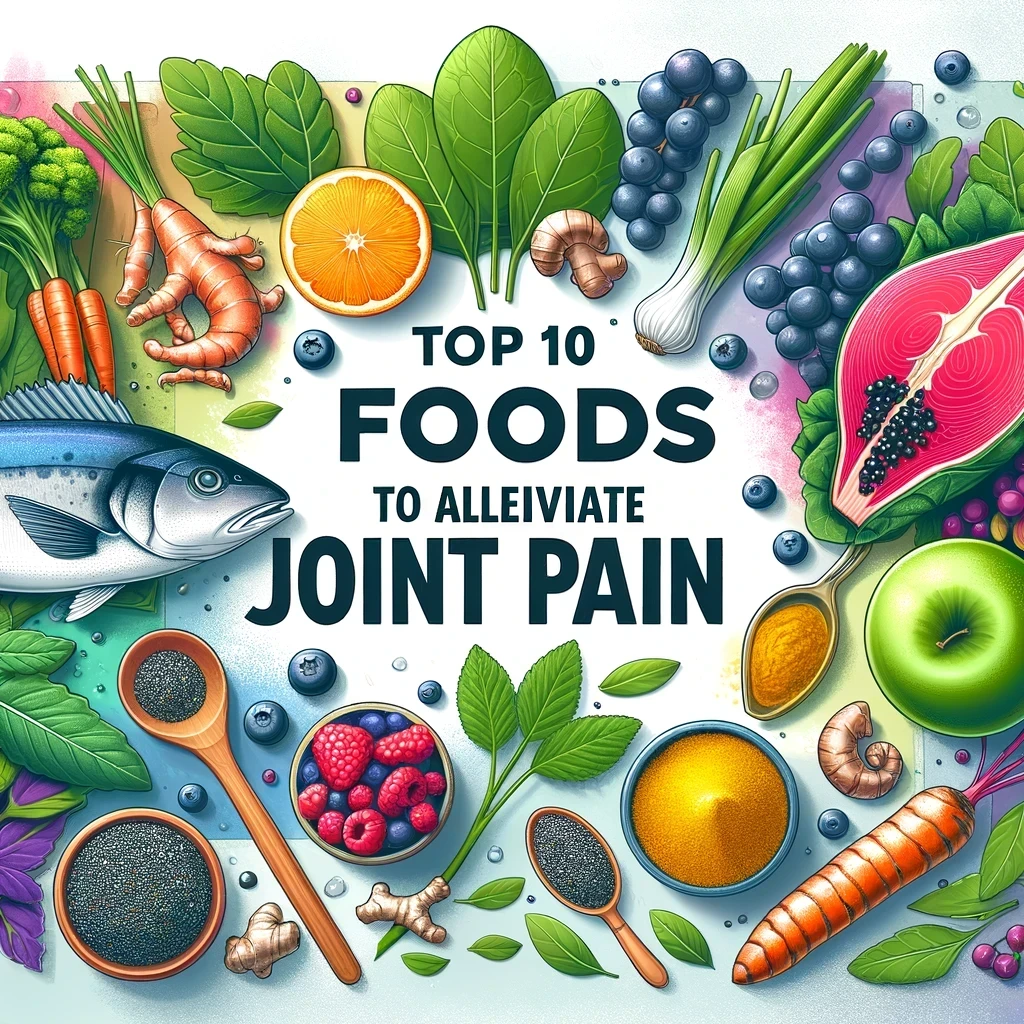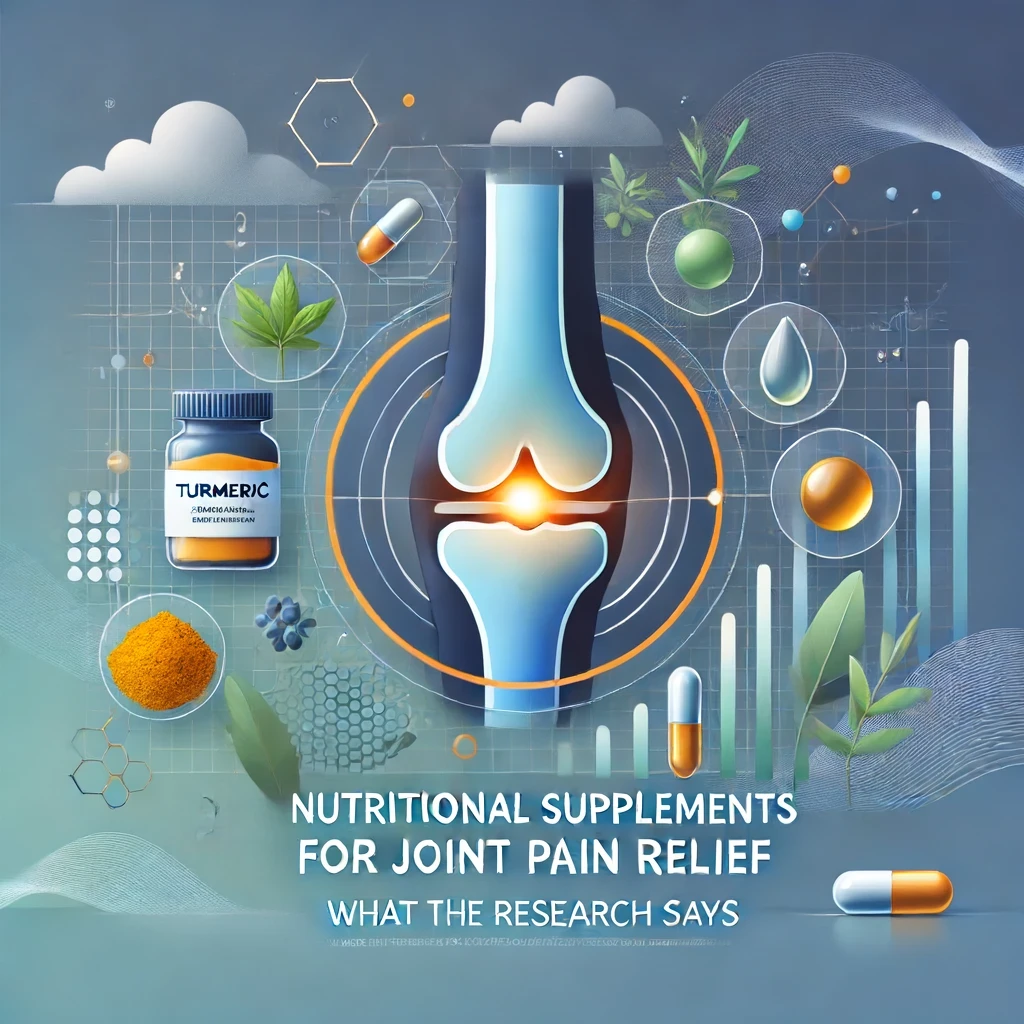
Table of Contents
Managing joint pain is a significant concern for many, impacting daily activities and overall well-being. With increasing interest in natural remedies, CBD for joint pain has become a popular alternative to traditional treatments. Cannabidiol (CBD), a non-psychoactive component of cannabis, offers potential relief from pain and inflammation without the high associated with THC.
As the understanding of CBD and cannabis grows, these substances are being recognized for their diverse applications in pain management. This article explores the role of CBD for joint pain, detailing its benefits, mechanisms of action and various forms of use. We’ll also compare CBD with traditional cannabis treatments, discuss their potential risks and provide insights on how to effectively incorporate these options into your pain management routine. Whether you’re seeking a natural alternative or complement to existing treatments, this guide will help you navigate the benefits and risks of using CBD and cannabis for joint pain relief.
What is CBD?
Definition and Basics
CBD, or cannabidiol, is a natural compound found in cannabis plants. Unlike THC (tetrahydrocannabinol), CBD is non-psychoactive, meaning it does not produce the “high” associated with marijuana.
Difference Between CBD and THC
- CBD: Known for its therapeutic effects without the psychoactive properties.
- THC: The compound responsible for the high, with both medicinal and recreational uses.
Types of CBD Products
- Full-Spectrum CBD: Contains all cannabinoids, including a small amount of THC.
- Broad-Spectrum CBD: Contains multiple cannabinoids but no THC.
- CBD Isolate: Pure CBD with no other cannabinoids.
Legal Status of CBD
The legal status of CBD varies by location but is generally legal in many areas if derived from hemp with less than 0.3% THC. Always check local laws before purchasing or using CBD products.
How CBD Works for Joint Pain
Mechanism of Action
CBD interacts with the body’s endocannabinoid system (ECS), which plays a role in regulating pain and inflammation.
Interaction with the Endocannabinoid System
CBD influences the ECS by binding to CB1 and CB2 receptors, which are involved in pain and inflammatory responses.
Anti-Inflammatory Properties
CBD has been shown to reduce inflammation by inhibiting certain enzymes and signaling pathways that contribute to inflammatory processes.
Types of Pain CBD Can Address
Acute vs. Chronic Pain
CBD can help manage both acute and chronic pain, providing relief for conditions such as arthritis and injury-related discomfort.
Inflammatory Pain
CBD’s anti-inflammatory properties make it effective for pain associated with inflammation, such as joint pain from arthritis.
Benefits of CBD for Joint Pain
Pain Relief
Reduction of Inflammation
CBD helps reduce inflammation, which is a major cause of pain in joints, by interacting with the body’s immune response.
Analgesic Effects
CBD provides analgesic effects by affecting the brain’s perception of pain, offering relief without the high of THC.
Improved Joint Mobility
Alleviation of Stiffness
Regular use of CBD can reduce joint stiffness, making it easier to move and perform daily activities.
Enhanced Flexibility
CBD may improve joint flexibility by reducing inflammation and pain, allowing for better movement and range of motion.
Reduced Dependence on Pain Medications
Alternative to Opioids
CBD offers a natural alternative to opioids, reducing the risk of addiction and side effects associated with these medications.
Fewer Side Effects
Compared to traditional pain medications, CBD typically has fewer and milder side effects, making it a safer option for long-term use.
Forms of CBD for Joint Pain
Topical Applications
Creams and Lotions
CBD creams and lotions can be applied directly to affected areas, providing localized pain relief.
Balms and Salves
Balms and salves with CBD offer a more concentrated form of topical application, ideal for targeted pain relief.
Oral Consumption
CBD Oils and Tinctures
Oils and tinctures are taken sublingually (under the tongue) for systemic effects, providing relief throughout the body.
Capsules and Edibles
Capsules and edibles offer an easy and convenient way to consume CBD, though effects may take longer to onset compared to sublingual administration.
Inhalation
Vaping CBD
Vaping CBD allows for quick absorption into the bloodstream, offering rapid pain relief.
Smoking Hemp Flowers
Smoking hemp flowers rich in CBD provides a fast-acting method to manage pain, similar to vaping but with additional cannabinoids and terpenes.
Risks and Side Effects of CBD
Common Side Effects
Drowsiness
CBD can cause drowsiness in some individuals, especially at higher doses, affecting activities that require alertness.
Dry Mouth
A common side effect, dry mouth can be mitigated by staying hydrated and using CBD responsibly.
Interaction with Medications
Blood Thinners
CBD can interact with blood thinners, potentially affecting their efficacy and increasing bleeding risk.
Antidepressants
It may also interact with certain antidepressants, so consult a healthcare provider if you are taking these medications.
Quality and Regulation Concerns
Purity and Potency
The quality of CBD products can vary, with some containing contaminants or inaccurate CBD concentrations.
Mislabeled Products
Consumers should seek products with third-party testing to ensure they receive what is advertised.
What is Cannabis?
Overview of Cannabis
Cannabis is a plant containing various cannabinoids, including THC and CBD, used for medicinal and recreational purposes.
Types of Cannabis (Indica, Sativa, Hybrid)
- Indica: Known for relaxing effects, often used for pain relief.
- Sativa: More energizing, can help with mood enhancement and focus.
- Hybrid: Crosses of indica and sativa, offering a balance of effects.
Chemical Compounds in Cannabis
Cannabis contains over 100 cannabinoids, with THC and CBD being the most well-known. These compounds interact with the body’s ECS to produce various effects.
Legal Status of Cannabis
Cannabis legality varies widely, with some areas allowing medicinal or recreational use, while others impose strict prohibitions.
How Cannabis Works for Joint Pain
Mechanism of Action
Cannabis compounds, particularly THC and CBD, interact with the ECS to modulate pain and inflammation.
THC and Pain Relief
THC provides potent pain relief through its psychoactive effects and interaction with pain pathways in the brain and body.
CBD in Cannabis
CBD in cannabis contributes to pain relief without psychoactive effects, enhancing the therapeutic potential of cannabis.
Types of Pain Cannabis Can Address
Neuropathic Pain
Cannabis is effective for neuropathic pain, which involves nerve damage and is often resistant to conventional treatments.
Inflammatory Pain
It also addresses inflammatory pain by reducing inflammation and modulating the immune response.
Benefits of Cannabis for Joint Pain
Comprehensive Pain Management
Synergistic Effects of THC and CBD
The combination of THC and CBD can provide a balanced approach to pain relief, leveraging the synergistic effects of both compounds.
Reduction of Severe Pain
Cannabis is particularly effective for severe and chronic pain that may not respond well to other treatments.
Enhanced Sleep
Addressing Pain-Related Insomnia
Cannabis can improve sleep by alleviating pain and relaxing the body, making it easier to fall and stay asleep.
Improvement in Sleep Quality
Better sleep quality contributes to overall health and can enhance recovery from pain and inflammation.
Mood Improvement
Alleviation of Anxiety
Cannabis can help reduce anxiety and improve mood, which can be beneficial for individuals dealing with chronic pain and related stress.
Support for Mental Health
The mood-enhancing effects of cannabis can provide additional support for mental health, particularly in managing pain-related depression.
Forms of Cannabis for Joint Pain
Inhalation
Smoking
Smoking cannabis provides rapid pain relief, though it may have respiratory risks.
Vaping
Vaping offers a less harmful alternative to smoking, delivering cannabinoids without combustion-related toxins.
Oral Consumption
Edibles
Edibles provide a longer-lasting effect but take longer to onset, making them suitable for extended pain management.
Capsules and Tinctures
Capsules and tinctures offer precise dosing and convenient consumption, with effects similar to edibles.
Topical Applications
Creams and Patches
Topical cannabis products provide localized pain relief without psychoactive effects, ideal for targeting specific areas.
Bath Products
Cannabis-infused bath products offer a relaxing and pain-relieving experience, combining the benefits of cannabinoids with warm water.
Risks and Side Effects of Cannabis
Psychoactive Effects
THC-Related High
The psychoactive effects of THC can be desirable or undesirable, depending on individual preferences and tolerance.
Impact on Cognitive Function
THC can impair cognitive function, making it important to use responsibly, especially when performing tasks that require focus.
Dependence and Tolerance
Risk of Dependence
Regular use of cannabis can lead to dependence, particularly with high-THC products.
Developing Tolerance
Frequent use may result in tolerance, requiring higher doses to achieve the same effects, which can increase the risk of side effects.
Legal and Employment Issues
State vs. Federal Laws
Cannabis legality varies, with potential conflicts between state and federal laws affecting availability and use.
Workplace Policies
Many employers have policies regarding cannabis use, particularly in safety-sensitive positions, which can impact job eligibility.
Comparing CBD and Cannabis for Joint Pain
Efficacy
Pain Relief Comparison
Both CBD and cannabis are effective for pain relief, but cannabis offers a broader range of effects due to THC.
Inflammation Reduction
CBD is particularly effective for reducing inflammation, making it a suitable option for joint pain without psychoactive effects.
Side Effects
Psychoactive Effects
CBD does not cause a high, while THC in cannabis can, affecting the choice based on individual tolerance and needs.
Non-Psychoactive Options
CBD provides non-psychoactive pain relief, making it suitable for those who wish to avoid the high associated with THC.
Accessibility and Legal Status
Availability of Products
CBD products are widely available in many regions, while cannabis access depends on local laws and regulations.
Legal Considerations
CBD is generally more accessible and legally accepted than cannabis, though both require careful consideration of local laws.
Research and Evidence
Clinical Studies on CBD
Efficacy in Pain Management
Studies support CBD’s efficacy in managing various types of pain, including joint pain and inflammation.
Safety Profile
Research indicates a favorable safety profile for CBD, with few and mild side effects.
Clinical Studies on Cannabis
Pain Management Benefits
Cannabis is shown to be effective for managing pain, particularly when traditional treatments fail to provide relief.
Risks and Side Effects
Cannabis carries risks, particularly related to psychoactive effects and potential dependence, requiring careful use and monitoring.
Future Directions in CBD and Cannabis Research
Emerging Applications
New Pain Management Strategies
Future research is exploring new applications for CBD and cannabis in pain management, including novel delivery methods and combination therapies.
Integrative Therapies
Combining CBD and cannabis with other treatments offers potential for more comprehensive pain management strategies.
Advances in Formulations
Improved Delivery Methods
Advancements in CBD and cannabis formulations aim to enhance bioavailability and efficacy, providing better options for pain relief.
Personalized Medicine
Personalized approaches based on individual needs and responses to treatment are becoming more feasible with ongoing research.
Conclusion
CBD and cannabis offer promising alternatives for managing joint pain, each with unique benefits and risks. Understanding how these compounds work, their forms, and their effects can help you make informed decisions about incorporating them into your pain management routine. Whether you opt for CBD, cannabis, or a combination of both, exploring these options can provide new avenues for relief and improved quality of life.
FAQs
Is CBD or cannabis better for joint pain?
Both have their benefits; CBD is non-psychoactive and good for inflammation, while cannabis provides broader pain relief due to THC.
Can you use CBD and cannabis together for joint pain?
Yes, combining CBD and THC can provide enhanced pain relief and anti-inflammatory effects.
How do you determine the right dosage of CBD for joint pain?
Start with a low dose and gradually increase, monitoring effects and consulting with a healthcare provider for personalized guidance.
Are there any long-term effects of using CBD or cannabis for pain management?
Long-term effects are still being studied, but current evidence suggests manageable side effects and potential benefits for chronic pain.
How quickly can you expect relief from CBD or cannabis?
Relief can vary; CBD effects may be felt within 30-60 minutes, while inhaled cannabis offers faster relief, often within minutes.



